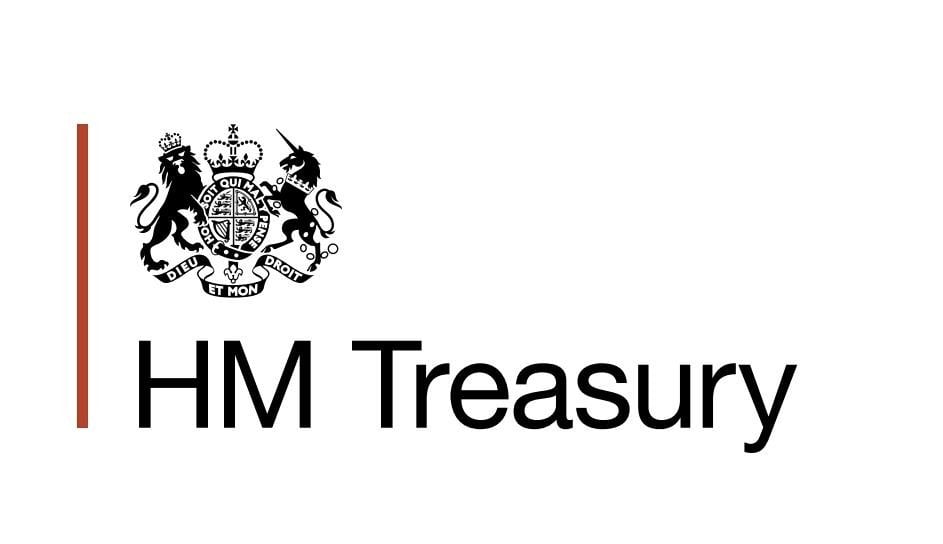Documents disclosed by RBS’s Global Restructuring Group (GRG) in the High Court case of Morley v The Royal Bank of Scotland Plc have reportedly revealed that the Treasury played a significant role in GRG’s systematic asset stripping of the British business sector. Official Treasury documents have allegedly indicated that the now defunct Asset Protection Agency (a Treasury- controlled executive agency established to operate the Asset Protection Scheme which insured RBS’s loans) played a crucial role in influencing GRG’s widespread endemic predatory decision making. The potential revelation may open the door to possible new claims by SMEs against HM Treasury seeking compensation for the government agency’s role in artificially distressing and asset stripping businesses.
What is GRG?
RBS’s Global Restructuring Group (GRG) was originally set up in the early nineties by Derek Sach (described as “the last of Fred Goodwin’s trusty lieutenants“) as a turnaround or business support unit (BSU) for troubled businesses. Following the financial crash in 2008, GRG took control of 16,000 SME customers with assets of £65 billion. After suffering a maelstrom of controversy following the publication of the Tomlinson Report and former Bank of England deputy Sir Andrew Large’s report, RBS announced in August 2014 that it would be shutting down its controversial GRG team after allegations of misfeasance and wrongful profiting were brought to light.
GRG were tasked to recover debt owed to RBS and Natwest but were purposefully mis-described as providing “business support”. However, GRG instead prioritised distressing and stripping assets from customers rather than assisting those customers in returning to mainstream banking.
In November 2016, RBS admitted it had failed SME customers and established a so-called independent (but heavily criticised by LEXLAW) FCA-backed complaints process fund of £400million to refund complex fees paid by SME customers between 2008 and 2013. In November 2017, the FCA published a heavily redacted Promontory summary report into GRG mistreatment of customers. In February 2018, pressure from SME victims and Parliament eventually led to the publication of the FCA’s section 166 report.
What is the Asset Protection Agency?
The Asset Protection Agency (APA) was set up in 2009 as part of the Government’s bank rescue package is 2009 as an executive agency of HM Treasury. The department’s primary objective was to apply the Asset Protection Scheme (APS): the Government’s insurance scheme created to aid banks manage bad loans and assets, and in theory to encourage banks to more willingly offer lending to SMEs and individuals.
In 2009 alone, RBS placed assets valued at £325 billion with the Asset Protection Scheme and covered 60% of the debt within GRG; the bad assets which the Government essentially guaranteed to insure. The APA’s role in insuring GRG’s assets meant that the unit was involved in the daily decision making at GRG.
What role did HM Treasury play in RBS’s GRG unit?
Documents disclosed to the High Court in Morley v The Royal Bank of Scotland Plc allegedly show that officials in the APA were involved in instructing GRG to withdraw customer support, even when the notoriously predatory GRG unit did not want to. In particular, the Asset Protection Agency reportedly instructed GRG to resist an economically viable rescue package for the distressed business and instead encouraged GRG to sell the assets at an artificially distressed price to RBS’s own West Register division. It is also alleged that the HM Treasury agency exercised a veto over any banking re-financing decisions and effectively prevented RBS from discharging GRG customers from secured loans without its approval.
Claims against HM Treasury for its alleged role in the GRG scandal
The disclosure of official APA documents may open the door to claims by SMEs and individuals against HM Treasury for its officials’ roles in influencing GRG decisions on re-financing. It is expected that once more information about the Government’s role in the GRG scandal comes to light, claims may start to be made against the Treasury by GRG’s former customers seeking compensation.
There are also potentially compensation claims against the Treasury for misfeasance in public office. If it can be proved that the state agency used its powers for an improper purpose, then there may be a claim if: (i) the conduct was carried out by an employee of a state agency; and (ii) that conduct caused financial loss. Our team can assist clients with bringing claims for misfeasance in public office.
LEXLAW Banking Litigation & Dispute Resolution
It is an absolute must that victims of RBS GRG or other bank BSUs protect their legal rights. This is the only sensible course of action when a business is facing a high value dispute with a major bank, such as the Royal Bank of Scotland or National Westminster Bank. Otherwise, if there is no redress scheme, or if the bank refuses to offer reasonable redress, customers may well find they are time-barred from commencing legal action and their high value claim is now worthless. Legal rights can be protected by taking urgent legal advice and by instructing specialist GRG solicitors to issue a protective claim form or by instructing GRG litigation solicitors to prepare and agree a carefully written standstill agreement.
Our Financial Services Litigation team of Solicitors and Barristers in London are highly experienced in banking litigation and specialise in representing SMEs in banking disputes. Our high profile and high value cases regularly appear in the national and international media. Our banking litigators advise on the protection of borrower legal rights in the face of predatory bank practices. We have successfully managed and settled court litigation against all major UK banks. Call us on 02071830529 or complete our online contact form.
Financial Services Litigation Team, LEXLAW
